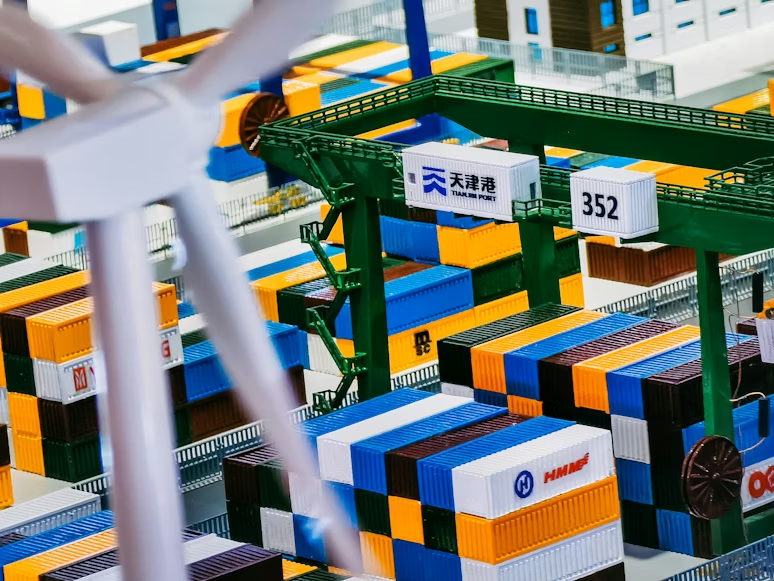The upcoming 15th BRICS summit in South Africa promises to bring significant changes to the global economic landscape, as the bloc prepares for an expansion that could considerably impact its economic weight and global influence. This article examines the developments surrounding the BRICS expansion and its potential implications for the world economy. The “BRICS Plus” cooperation approach, proposed by China in 2017, is beginning to yield results as numerous developing economies express interest in joining the bloc. This expansion, often referred to as the “BRICS Plus moment,” has the potential to shape not only the development trends across the Global South but also the entire global economy.
China’s commitment to expanding the BRICS membership underscores the principle of openness within the bloc, including its core. This expansion may also lead to other forms of cooperation with developing economies under the BRICS Plus framework, such as the creation of a “circle of friends” with observer status and participation in BRICS Plus summits. Another crucial aspect of the BRICS expansion is the inclusion of more members in the New Development Bank, with a focus on prioritizing African economies, especially those with significant infrastructural connectivity needs. Additionally, the green agenda and digital development should be top priorities for this vital BRICS development institution.
Two notable economies, Indonesia in South East Asia and Saudi Arabia in the Middle East, stand out as potential candidates for expansion due to their regional roles and prospective global economic significance. These economies also play leading roles in their respective regional integration blocks. Closer cooperation between BRICS and the African continent is another focal point for the 2023 BRICS summit. Supporting Africa’s efforts in launching the African Continental Free Trade Area, possibly through lower import tariffs in BRICS core members for African countries, will be essential.
The summit will also touch on the topic of a new global currency, although the emergence of such a currency is unlikely in the near term. Discussions among BRICS leaders could pave the way for increased use of national currencies and alternative payment mechanisms, laying the groundwork for a common BRICS currency. The themes discussed at the BRICS summit will garner significant attention from global markets. In addition to expansion and currency discussions, the BRICS economies will express support for multilateral institutions like the World Trade Organization, reinforcing the core principle of multilateralism within the BRICS framework.
The BRICS appears to be on a path toward greater openness and expansion, with new expansion avenues on the horizon. These may include the “integration of integrations,” bringing together regional integration arrangements involving BRICS countries, and a “BRICS Plus” format that allows the participation of advanced economies in BRICS summit discussions. The BRICS expansion process is in its early stages, and these new developments may provide platforms for a revitalized globalization effort that is more sustainable and inclusive compared to past unipolar patterns. The implications of these developments will be closely monitored by the global community and have the potential to shape the future of the global economy.
Get the latest supply chain report news insights at The Supply Chain Report. For international trade resources, visit ADAMftd.com.
#BRICSSummit2023 #BRICSExpansion #BRICSPlus #GlobalEconomy #DevelopingEconomies #ChinaBRICS #NewDevelopmentBank #AfricanContinentalFreeTradeArea #GlobalSouth #BRICSCurrency #Multilateralism #BRICSIntegration #InclusiveGlobalization #EconomicCooperation

















